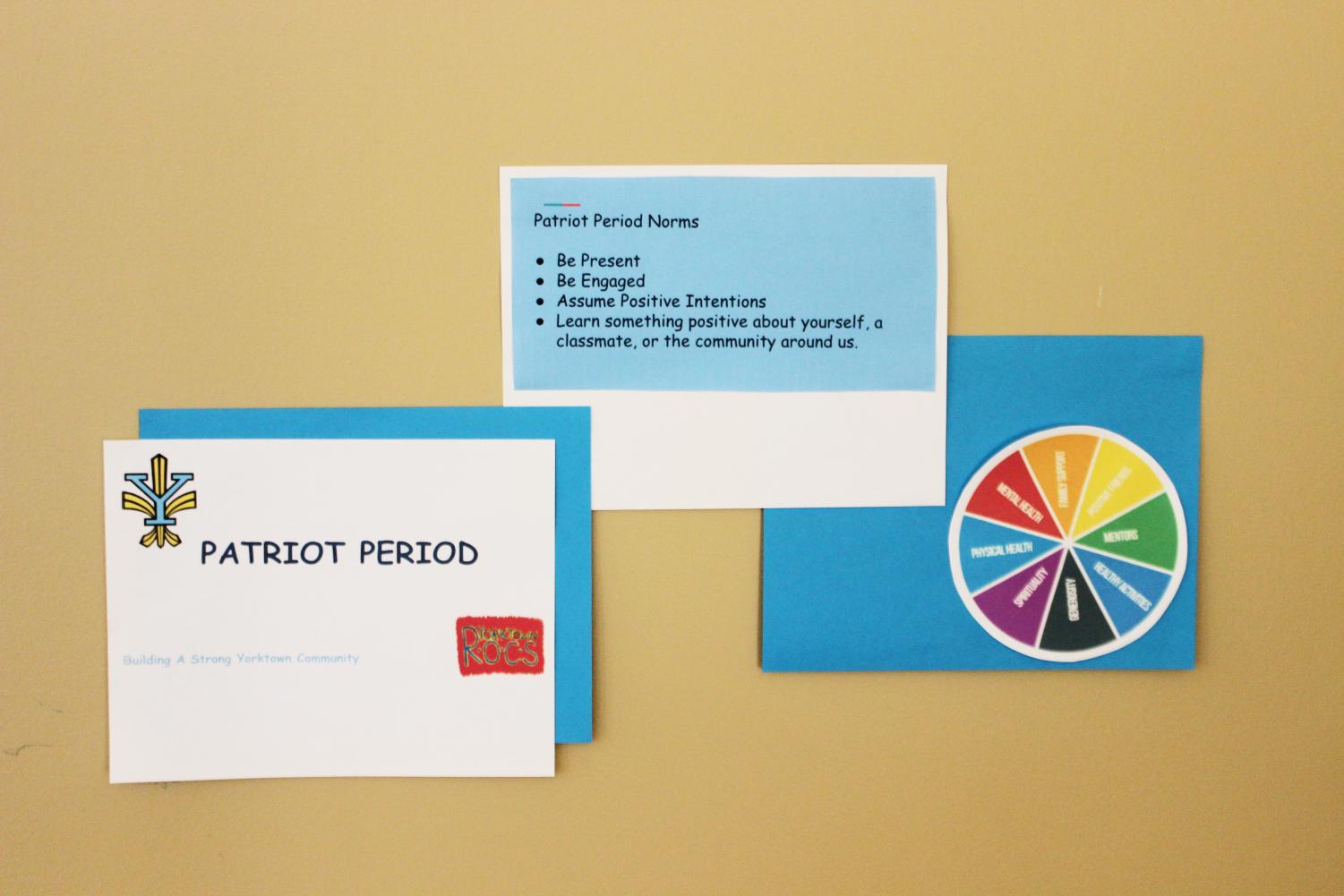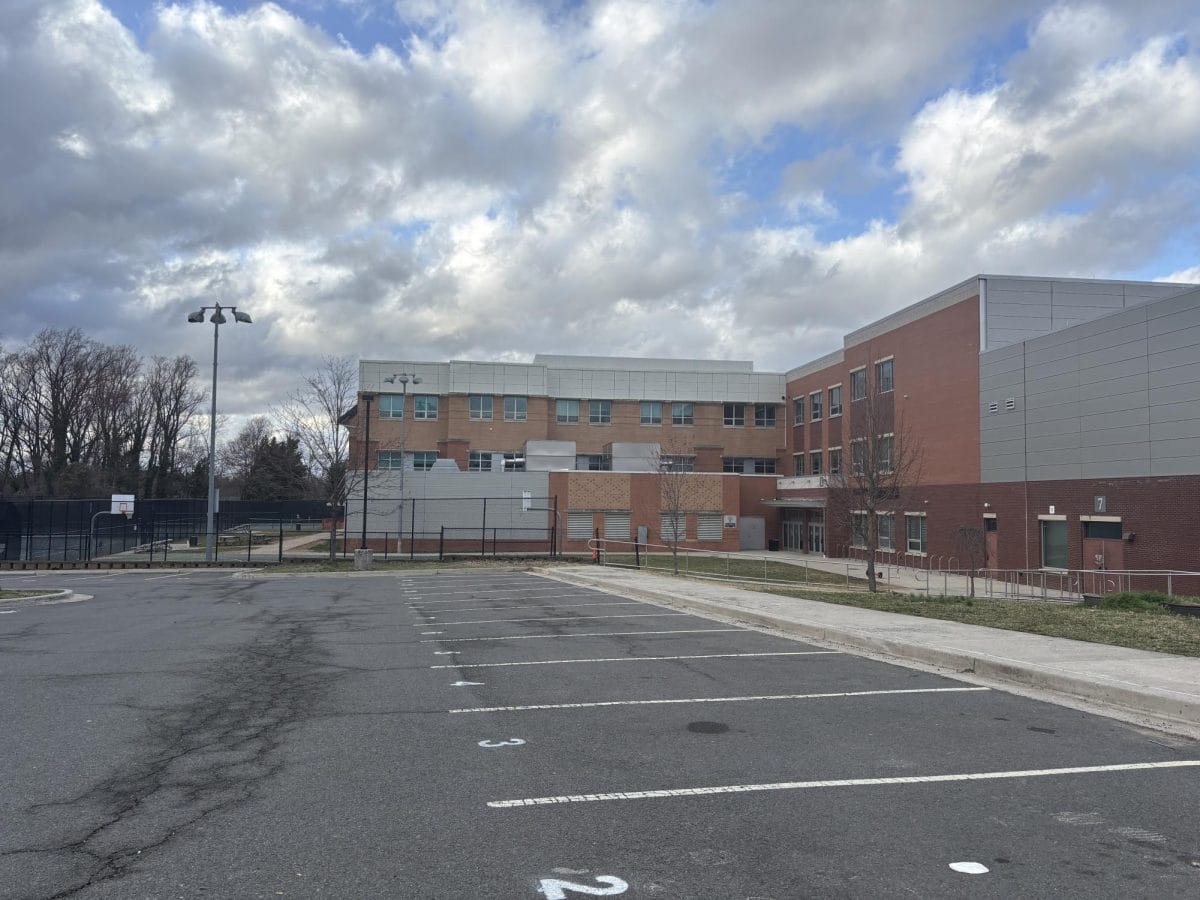This school year has been characterized by endless hours of sitting alone in a room, staring at a screen of colorful initials. The rare communication with the disembodied voices on the other side of Microsoft Teams calls is the only form of peer-to-peer interaction that students have. In order to combat the isolation brought on by this new method of learning, our school has tried to help students by redesigning Patriot Period, turning it into an extra 30-minute class every Monday, smack dab in the middle of the day. Although this class shares a name with the Patriot Period of a normal school year, this new version is an extreme downgrade from years past.
Before the pandemic hit, closing schools and confining everyone to their homes for months on end, students at our school had Patriot Period every Wednesday and Thursday. For 35 minutes, immediately after their third-period class, students had a free block of time to do whatever they wanted. Some used the time as a study hall to meet with teachers or finish work for their classes, while others preferred to chat with friends and relax. No matter what they decided to do, however, Patriot Period was usually the students’ time to do anything. This year, unfortunately, that is not the case.
Instead, Patriot Period has been repurposed into a class that advises students on how to manage stress and handle online school. In theory, this seems like a positive addition to the school year during a time where students have been forced to rapidly adjust to a new routine. Yet, the disconnect between the idea of Patriot Period and its implementation has made it a waste of 30 minutes of students’ Mondays. That’s not to say the effort goes unappreciated — especially in this unorthodox year, having another teacher willing to support students and listen to their complaints is not a bad thing. But this benefit is not enough to outweigh the dull lessons and empty conversations of Patriot Period, especially when students have seven other teachers and a counselor to turn to.
After a couple of weeks of Patriot Period classes dedicated to awkward icebreakers, an introduction to a “virtual spirit week,” and a series of mind-numbing videos on safety drills that students have practiced for at least nine years of their lives, the real “meat” of the class began. Every week, students learn about “sources of strength,” which are strategies to stay physically, mentally, and emotionally healthy. Again, this is not a bad idea. But one PowerPoint with a couple of videos and prompts like “What can you do to show gratitude?” does little to help students. Discussions about how gratitude can be demonstrated by cooking dinner for one’s grandma will rarely translate to real-life application. That is if there is even a discussion at all.
In a normal class, teachers are lucky to have more than ten students actively participating in the lesson. Out of these ten, five might have their cameras turned on — on a good day. In Patriot Period, there are rarely more than five students willing to talk and two students with their cameras on, if at all. Not only does this fail to facilitate discussion, but it also spoils one of the aims of Patriot Period which is supposed to be a time for students to have some sort of social interaction with one another. If less than half the class doesn’t participate in the lessons, and there is no social benefit to Patriot Period, is there really a reason to have it at all?
Well, no, not really. But, accepting the fact that these tedious 30-minute classes will likely continue to be a part of our weekly schedule for as long as virtual schooling continues, there is still at least one improvement that could be made: the timing. Patriot Period begins at 12:00 noon on the dot. To most people, this time is considered lunchtime. However, unfortunately for teachers and students alike, Patriot Period forces everyone at our school to reschedule their meal. This may seem like a simple task on the surface, but there are nuances that go into planning a meal that cannot be addressed by simply eating thirty minutes earlier. At 11:30 am, not many people are hungry enough to eat a full meal. Waiting until after Patriot Period ends at 12:30, however, is not a desirable option either. At that point, most students have reached the point where their hunger has become a little uncomfortable. Yet with Patriot Period, there is nothing for students and teachers to do but choose one of these two options and deal with it.
Now, just because everything about Patriot Period is wrong at the moment does not mean it cannot get better. If our school can revamp Patriot Period into something that students will enjoy, most of the complaints will fade away. Returning Patriot Period to its roots as the students’ time is not a bad place to start. Allowing students to contribute to what happens during Patriot Period instead of throwing up a PowerPoint could bring up participation levels. Let them lead the conversation about how they manage stress — even if it becomes a conversation about the best shows on Netflix, it will, at the very least, get students talking. Even the occasional Kahoot about random trivia could serve to get students engaged. But as it stands, the current design of Patriot Period is a waste of both students’ and teachers’ time.







































